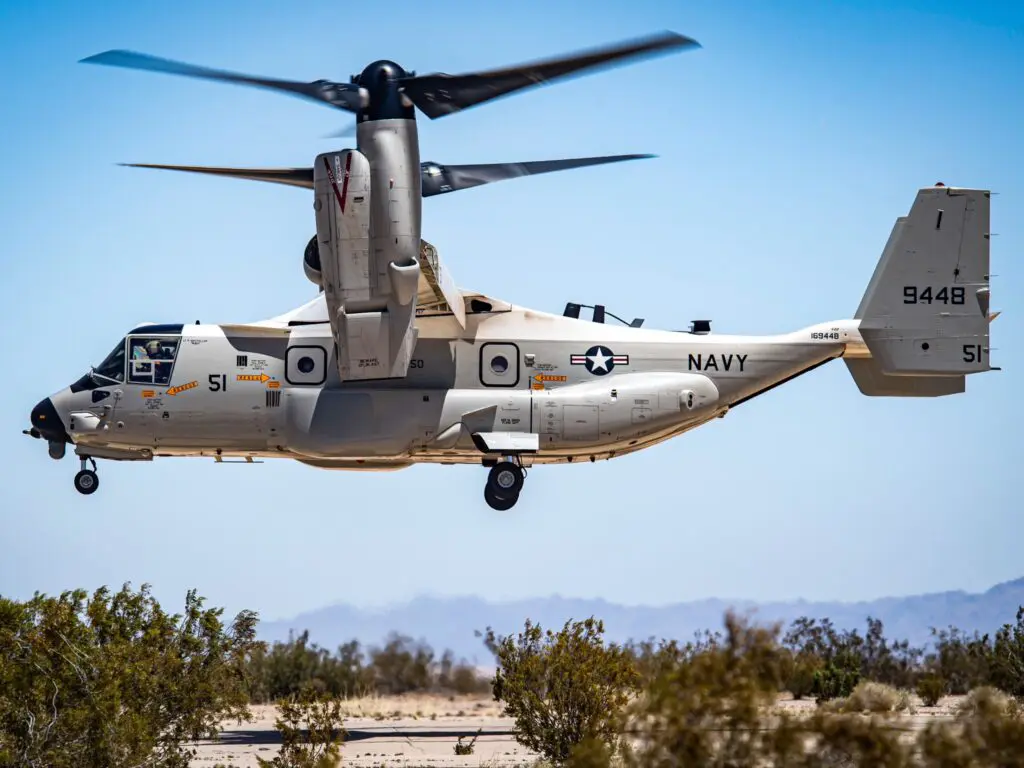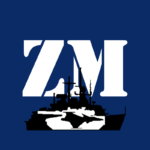Following multiple considerations, the United States Navy will deploy CMV-22B Osprey transport aircraft and F-35C stealth fighters to Marine Corps Air Station Iwakuni, located in Yamaguchi Prefecture, western Japan. This will mark the first time U.S. Navy Ospreys will operate from bases in the Japanese archipelago. Previously, only the MV-22B Ospreys of the U.S. Marine Corps (USMC) had been used, which had limited operational availability following a fatal accident last year.

According to the information released, the CMV-22B Ospreys will replace the C-2A Greyhound transport aircraft currently stationed at Iwakuni, and the F-35C Lightning II jets from VFA-147 will replace the F/A-18 Hornets of VFA-115. The deployed units include the Strike Fighter Squadron (VFA) 147 and the Fleet Logistics Multi-Mission Squadron (VRM) 30, part of the Forward Deployed Naval Forces (FDNF).
It is worth noting that these units, which had been affected by a suspension of operations due to an accident in 2023 in Japan, had been deployed in the Asian country by the Marine Corps at the Japanese naval base in Futenma, and by the U.S. Air Force at Yokota Air Base in Tokyo.
Although the news of the suspension of aircraft activities caused a significant disruption, Japan expressed its intention to continue using the aircraft. In March of this year, Japan resumed flights, raising concerns about the safety of the aircraft and their crews.

On the other hand, this decision is part of the U.S. focus on addressing the increasing urgency and importance of the Indo-Pacific region in recent years. This has driven the deployment and use of the Navy’s and Marine Corps’ most advanced resources in the region in response to a security environment that demands such a presence.
The Navy’s V-22 variant includes greater operational range, faster cargo loading and unloading, aerial refueling capability, improved survivability, and enhanced communications beyond line-of-sight compared to the legacy C-2A.
Experts explain that this aircraft provides agility, flexibility, and sustainability for effectively operating cutting-edge naval forces in high-level combat. The CMV-22B represents the next generation of Carrier Onboard Delivery (COD) missions and is a critical enabler for ensuring sustained deployed mobility for the carrier strike group.
You may also like: The Strike Group of the USS Dwight D. Eisenhower aircraft carrier returned to the US after completing its deployment in the Red Sea














